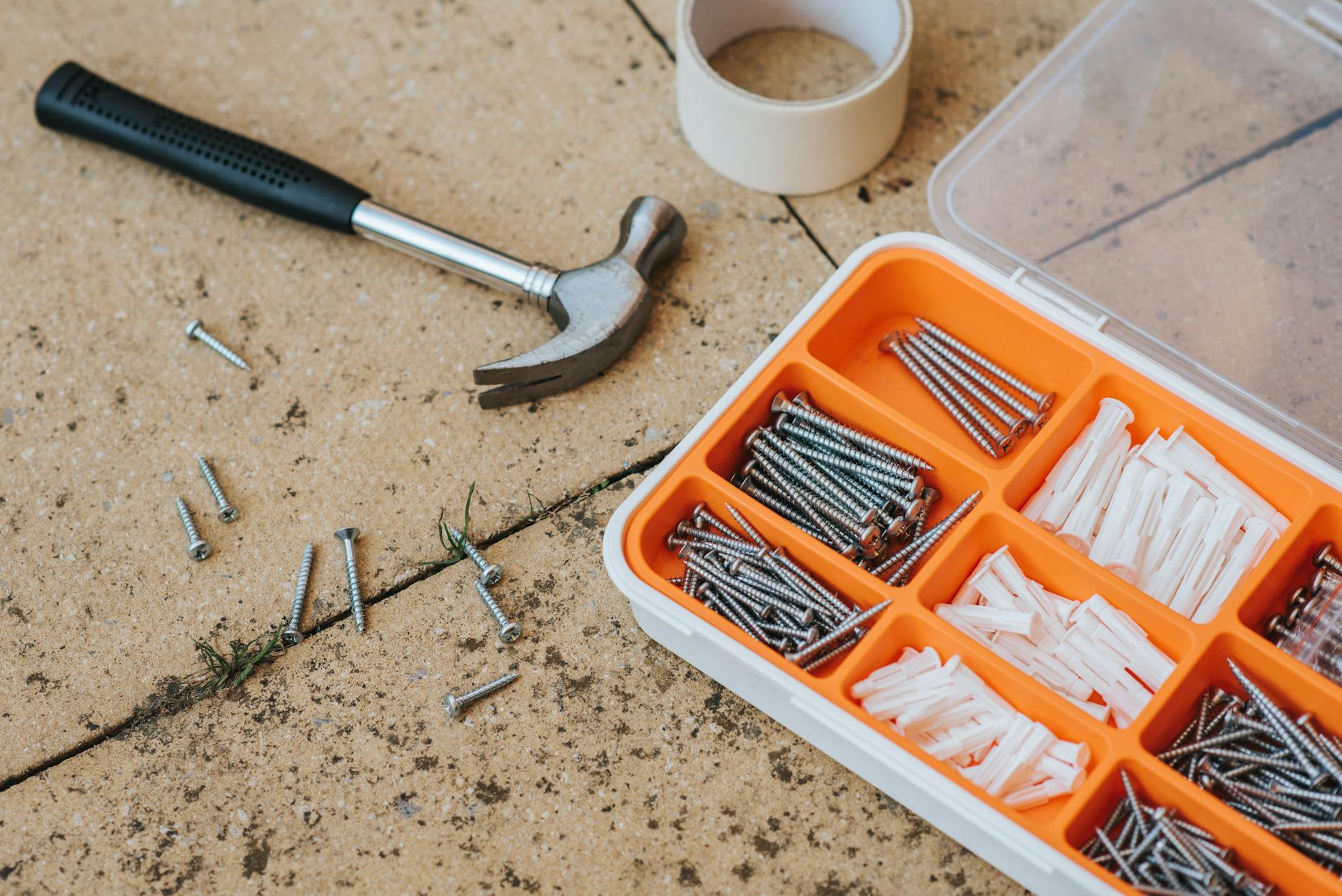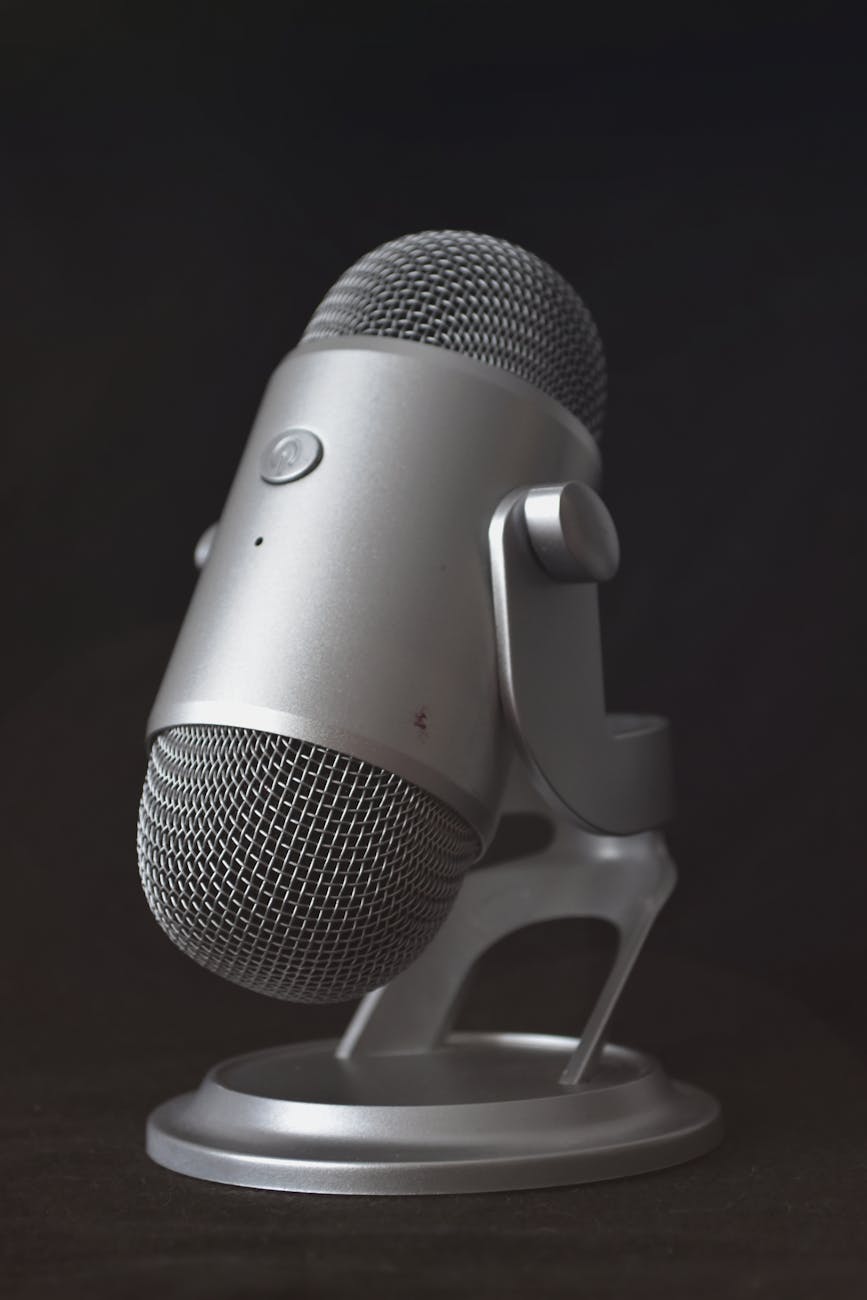Now that you can just take a notebook hard drive out and replace it, there’s a growing market for increasing disk space.
This really matters for notebook performance. First, going to 7200 RPM essentially doubles performance compared with 4200 RPM (although power consumption goes up).
Also, most drives are 20-40GB in current notebooks. Going to 100GB (Seagate is now shipping one) means you can realistic partition the drive into data and system space. That matters because in single hard drive systems, in my experience, real world performance is really limited by disk fragmentation.
You really want a small 10GB partition that is just for applications. You then use a tool like O&O Defrag to sort all the entries by name. This is because Windows when it starts reads things in alphabetically order. I’ve found that can half Windows boot time.
The other partition (90GB worth) can be for all your data. Here you do have to defragment frequently because even under NTFS when you throw a long file or you use Outlook, those files can have literally hundreds of fragments. I’ve seen my Outlook boottime fall quite a bit when I defragement. If you use O&O Defragmenter, then you set it for stealth defragmentation and it wipes out the fragments.
Anyway, an 80GB hard drive is about $200, so a realistic upgrade if you’ve got a fast modern (e.g., Dothan or Banias) chipset.
See Tom’s Hardware Guide Mobile Devices: Nine Notebook Hard Drives Make Their Debuts – 2.5″ Vs. 3.5″ reviews for good drives, but the news is essentially, if you want speed, get the Hitachi TravelStar 7K60. I have one and it is faaassst.
If you want capacity, the biggest is the Seagate Momentuns 5400.2. This is a 100GB drive!
Notebook Hard Disks
Published by
on
Hello,
I’m Rich & Co.
Welcome to Tongfamily, our cozy corner of the internet dedicated to all things technology and interesting. Here, we invite you to join us on a journey of tips, tricks, and traps. Let’s get geeky!
Let’s connect
Join the nerds!
Stay updated with our latest tutorials and ideas by joining our newsletter.
Recent posts
Loading Mastodon feed…





